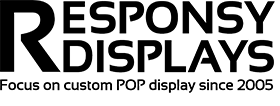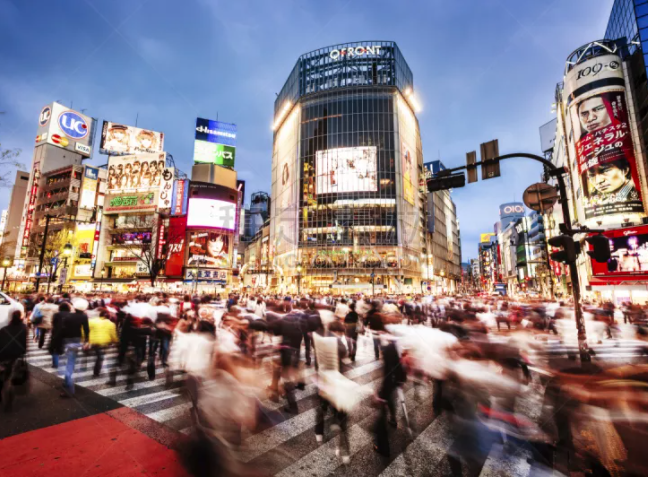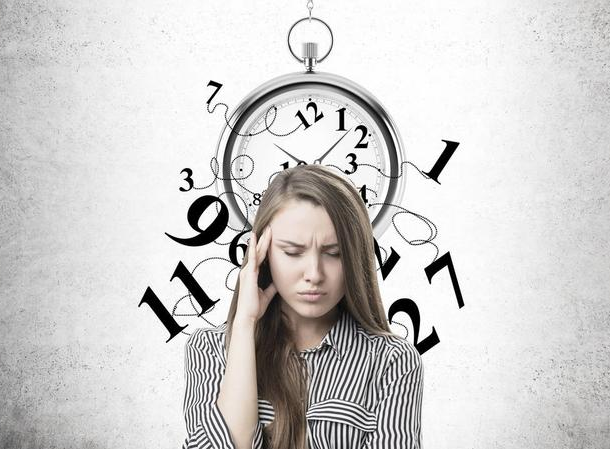5 Ways To Lower The Cost Of Your Next POP Display
Almost every retailer and brand manufacturer we work with faces budgeting pressures related to point-of-purchase displays and store fixtures. We believe that POP displays should be considered investments rather than costs, but our belief doesn’t change the reality that budgets are tight and everyone is looking for the most bang for their buck. Here are 5 tips to lower the cost of your next POP display program:
Tip #1: Plan Ahead
The longer your lead time, the more you will be able to lower the cost of your display. This isn’t a matter of avoiding rush charges, but rather, lead times affect the procurement process in that more time enables you to identify the best sources. As a general rule, if you have the time, producing POP displays overseas is one of the best ways to save money. For many types of displays, you can expect to save 30%-40% vs. domestic pricing. For wood displays, there is greater cost parity between overseas and U.S. manufacturing, but depending on the fixture, there still could be some savings by producing overseas.

If you don’t have the time to go overseas, you may be able to save some money by “near shoring.” Producing in Mexico, for example, can take a bit longer than manufacturing domestically, particularly when you consider transportation time, but it is likely to be a lower-cost alternative to domestic manufacturing. However, keep in mind that it is easy to get burned in Mexico (as well as overseas) if you don’t know what you are doing. Even if your plan is to produce domestically, allowing more time enables the manufacturer to optimize the production process which may translate into savings for you.
Tip #2: Increase the Quantity
The relationship between price and quantity is generally well understood in the POP display industry, but the economics behind that relationship are quite real. Larger quantities enable a manufacturer to: (1) get better pricing on raw materials, (2) amortize tooling costs over a greater number of units, (3) reduce per unit set up time, and (4) create a more efficient production process. In addition, most manufacturers are willing to accept lower margins on larger projects. All of these factors contribute to lower per-unit costs for the customer placing a display order. Therefore, it is important to consider the tradeoff between lower display costs and the cost of holding extra units for a longer period of time.
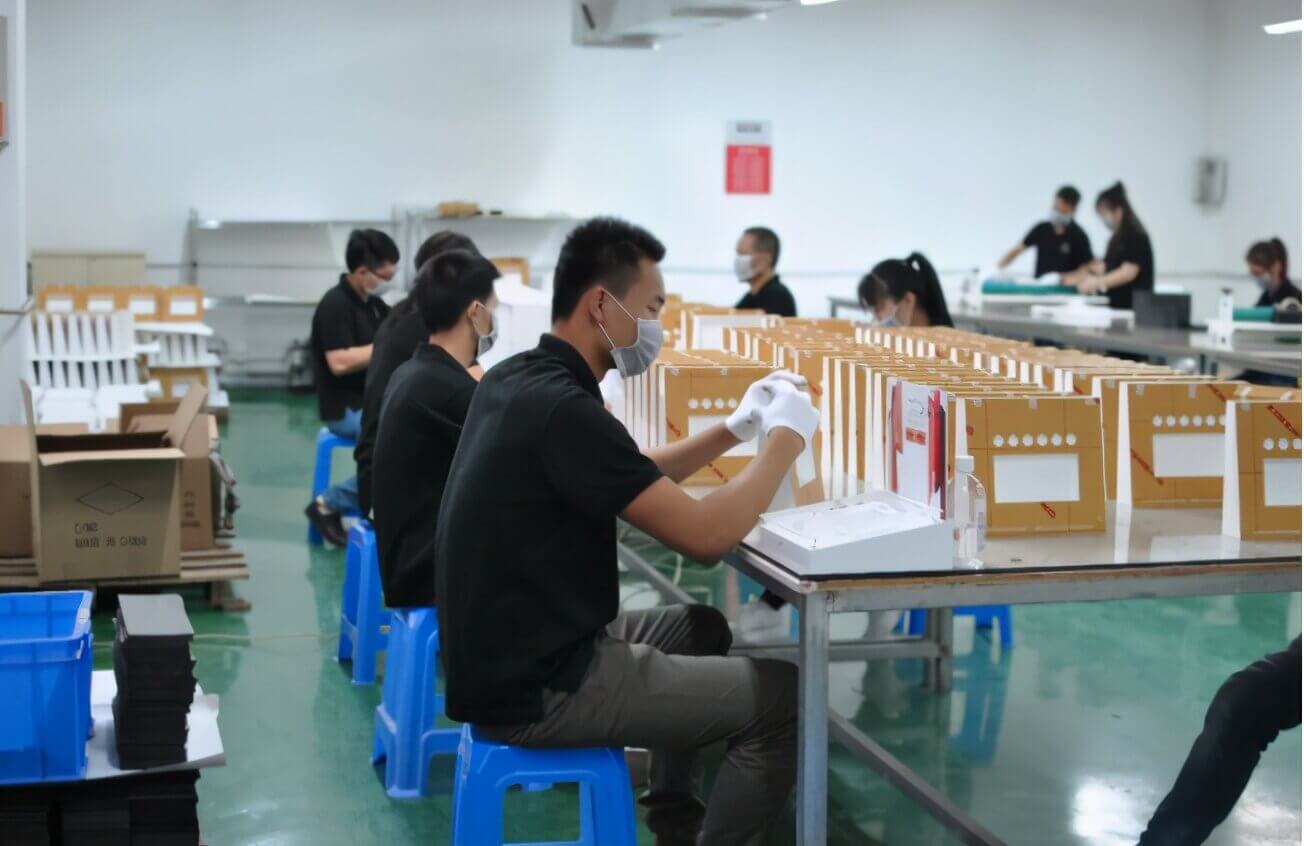
Tip #3:Make Smart Material Choices
Discuss your material options with your POP display manufacturer. If you are looking for a metal display, you can save money by going with wire shelves instead of sheet metal shelves, for example. As a general rule, the thicker and heavier the material, the more expensive the display will be. If you are considering sheet metal shelves vs. perforated sheet metal shelves, consider that the perforation process represents an extra step in the manufacturing process and is therefore more expensive. Similarly, chrome finishes are more expensive that powder coated finishes primarily because chrome plating involves a more complex process and more environmental regulations. If you are interested in a wood display, wood composite materials such as MDF (medium density fiberboard) are generally less expensive than solid wood materials.
There is a lot to know about materials, and it is difficult to be an expert across all material categories. Ask your POP display company to explain the cost and performance differences between different material options.
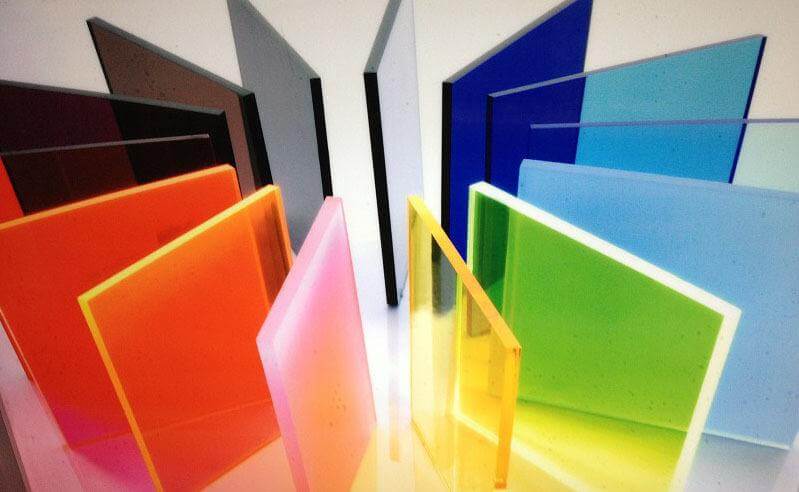
Tip #4: Consider Material Yields
Material yields are a really important cost factor. Generally, material yields come into play when considering materials that come in the form of sheets such as wood, acrylic, sheet metal, and PVC board. In the design phase of your POP display project, try to specify dimensions that will result in optimal material yields. Most standard sheet sizes in the U.S. and throughout the world are 4’x8’. Therefore, for each component of your display, try to figure out a size that will get the most pieces out of a 4’x8’ sheet. Another way to look at it is how can you produce the least waste from a sheet? For example, if your floor fixture has shelves, consider making them 23.75”x 11.75” instead of 26” x 13”. In the first case, you can get 16 shelves per sheet, whereas in the second case you can only get 9 shelves per sheet. The net impact of this yield difference is that your shelves will be over 75% more expensive in the second case due to the suboptimal yield.

Tip #5: Opt for a Knock-Down Design
Knock-down designs can help to lower your display costs relative to completely welded or fully assembled designs. The primary benefit of a knock-down design is lower shipping costs, which includes not only ocean freight costs if your POP display is made overseas, but also lower domestic shipping costs. Clever knock-down designs also enable the parts to nest in such a way that they take up less space. If your display has multiple baskets, for example, the front and sides of the baskets may be able to be angled out slightly to enable the baskets to nest. The right knock-down design can often result in a box size that is half of what the box size would have been with a fully welded or fully assembled version. In addition to lower transportation costs, knock-down displays can reduce the cost of damage that might occur in shipping. Many fully assembled units can easily be damaged unless they are shipped on pallets, which can result in higher transportation costs relative to parcel shipments.
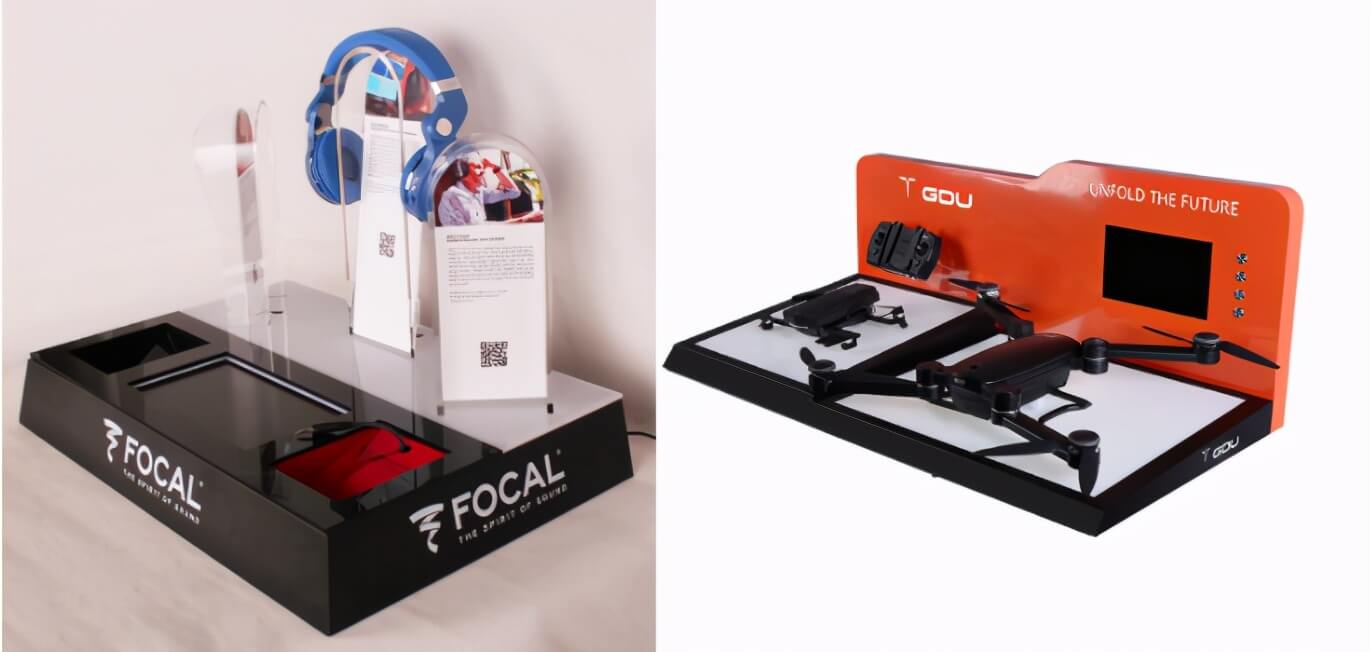
If you have any questions about display rack customization or any questions, please contact us~~~

